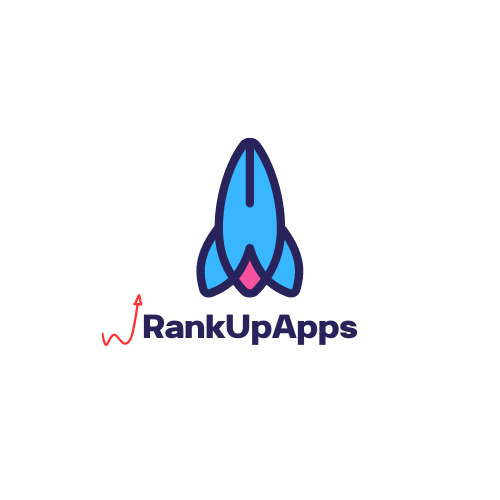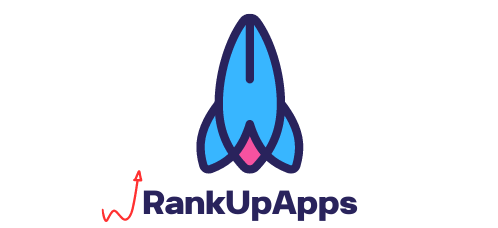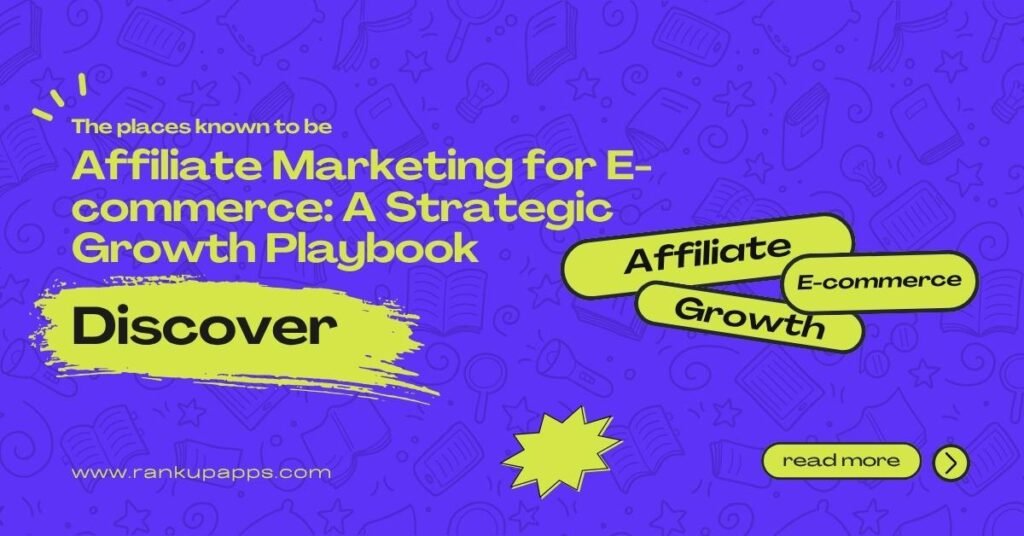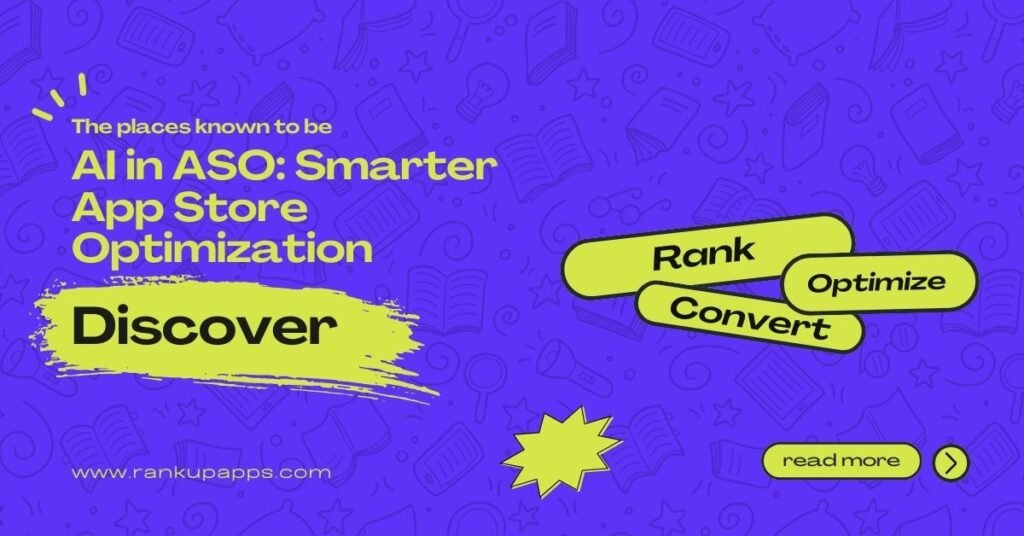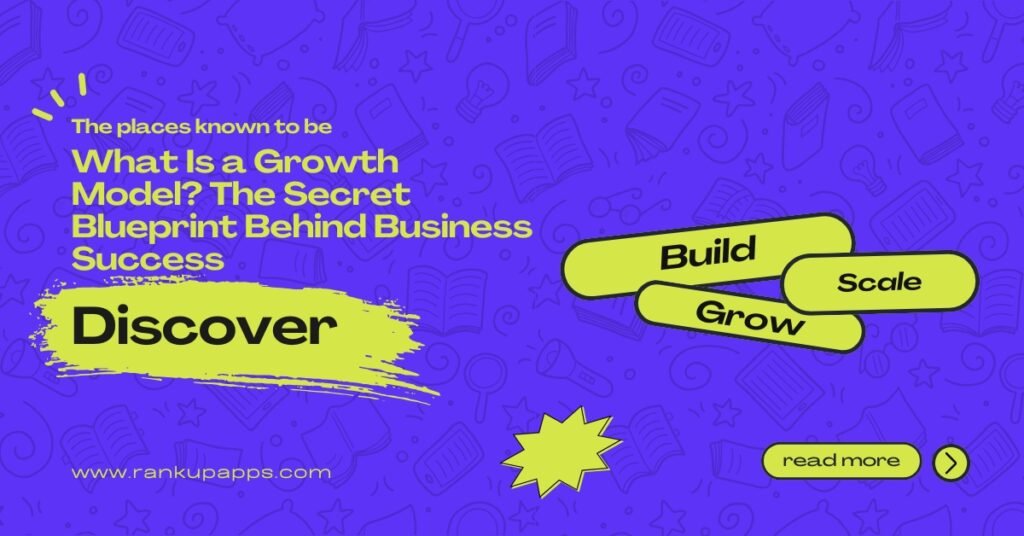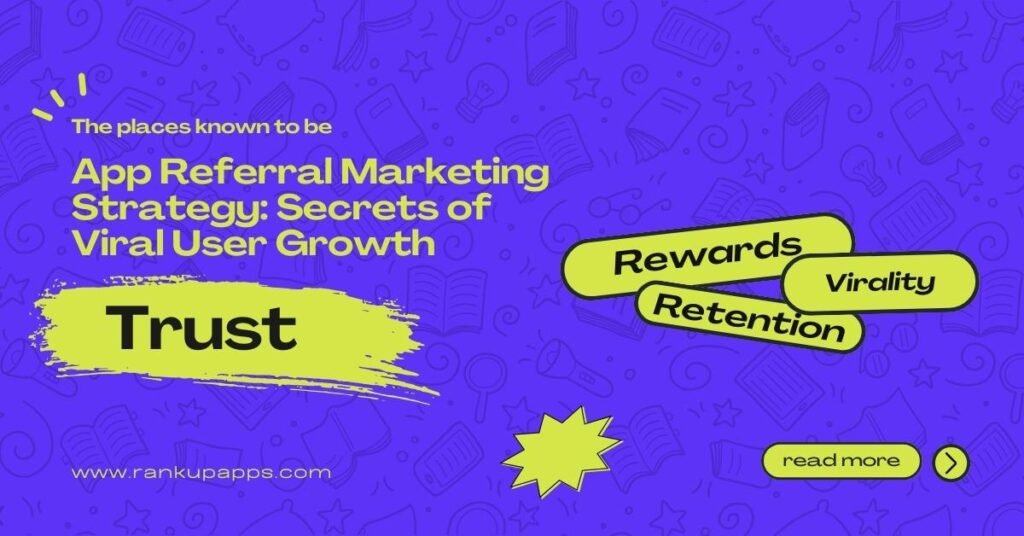Affiliate Marketing for E-commerce: A Strategic Growth Playbook
Affiliate Marketing for E-commerce isn’t just another promotional tactic; it’s a growth engine powered by partnerships. Instead of spending upfront on ads, brands collaborate with content creators, influencers, or comparison websites who promote products in exchange for commission only when a sale happens. That makes Affiliate Marketing for E-commerce one of the most cost-efficient channels for scaling online stores. Unlike paid ads or email marketing, affiliates bring audiences you may never reach otherwise, acting as micro-distributors across blogs, YouTube, social media, and niche forums. When structured with clear incentives and high-converting landing pages, ecommerce affiliate marketing turns word-of-mouth into trackable revenue. How E-commerce Affiliate Marketing Works? Affiliate Marketing for E-commerce is a simple partnership model where sellers reward promoters for driving measurable results, usually sales, leads, or clicks. Three key players run this system: the merchant (brand or online store), the affiliate (creator, blogger, or ad publisher), and the consumer who makes the final purchase. When an affiliate promotes a product using a unique link, tracking cookies record the user’s journey. If the consumer buys within a specified window, the affiliate earns a commission. Depending on the brand’s ecommerce commission models, payments may be structured as CPS (Cost Per Sale), CPL (Cost Per Lead), or CPA (Cost Per Action). This performance-based model ensures brands pay only for results, while affiliates enjoy passive income, making Affiliate Marketing for E-commerce one of the most scalable digital revenue systems today. Affiliate Models Commonly Used in E-commerce Affiliate Marketing for E-commerce has grown into a diverse ecosystem where brands collaborate with different partners to drive traffic, conversions, and brand awareness. Each model has its own audience focus, commission structure, and strengths. Below is a breakdown of the most common affiliate models, showing how they operate and what makes them effective. Model Primary Audience Common Commission Type Pros Cons Coupon / Deal Sites & Cashback Platforms Price-sensitive shoppers hunting for discounts and cashback deals CPA (Cost per Action), Revenue Share Attracts large volumes quickly, strong appeal during sales seasons May attract one-time buyers rather than loyal customers Blog Reviews, Comparison Sites, & Content Publishers Researchers, buyers comparing products, and information-seeking audiences CPC (Cost per Click), CPA, Hybrid Builds trust through long-form content and reviews, improves SEO rankings Slower to scale, requires strong content credibility Influencers, Social Media & Niche Creators Engaged followers within specific niches on Instagram, YouTube, TikTok, etc. CPA, Flat Fee + Performance Bonus High engagement, strong brand storytelling, expands reach to new markets ROI depends on influencer credibility and audience alignment Loyalty & Reward Programs Existing customers motivated by points, rewards, or referral bonuses Revenue Share, Points-to-Cash Encourages repeat purchases, builds brand loyalty, higher LTV Limited new customer acquisition, may reduce margin if overused Why These Models Matter For any brand exploring Affiliate Marketing for E-commerce, understanding which model aligns with its goals is crucial. Coupon affiliate marketing may work well for rapid conversions, while influencers and content publishers build long-term trust and organic reach. Loyalty programs, on the other hand, ensure customers keep coming back, adding sustainability to growth strategies. Setting Up Your E-commerce Affiliate Program Launching an affiliate program can be one of the smartest moves in Affiliate Marketing for E-commerce. It not only helps you scale visibility but also creates a consistent revenue channel. Below is a checklist-style guide to make the setup smooth and impactful. Choosing the Right Affiliate Tools & Platforms Research and select affiliate software for e-commerce that integrates seamlessly with your online store (e.g., Shopify, WooCommerce). Prioritize platforms with real-time tracking, fraud protection, and easy pay-out systems. Ensure compatibility with multi-device traffic and international affiliates. Defining Incentives, Commission Tiers & Cookie Windows Decide on a base commission that is competitive within your niche. Introduce tiered rewards for top-performing affiliates to boost motivation. Set cookie durations (30–90 days) to give affiliates a fair chance to earn credit for delayed purchases. Keep transparency around payment cycles and bonus structures. Creating Marketing Assets & Onboarding Process Prepare branded creatives: banners, email templates, product visuals, and ready-to-use ad copy. Build an onboarding kit with clear program guidelines, policies, and FAQs. Offer affiliates tracking links and performance dashboards from day one. Set up communication channels (email, Slack, or community groups) for support and updates. Quick Checklist: Select affiliate software. Finalize commission rules. Define cookie windows. Create marketing assets. Build onboarding flow. Recruiting & Motivating High-Quality Affiliates Recruiting top-performing partners is the backbone of Affiliate Marketing for E-commerce. Instead of chasing random influencers, focus on niche creators who already speak to your ideal buyers, beauty YouTubers for skincare brands, tech reviewers for gadgets, or fitness coaches for wellness stores. Approach them with value, not vague collaboration pitches. Offer tiered commissions, early product access, or exclusive discount codes that make promoting your brand genuinely rewarding. High-quality affiliates don’t join programs; they join opportunities where they feel recognized and fairly compensated. But recruitment is only half the job; motivation is what keeps affiliates active long-term. Share performance insights, shout them out on brand channels, and send bonuses when they hit milestones. Treat your partners like an extended sales team, not a transaction. When Affiliate Marketing for E-commerce is built on a relationship rather than pay-out alone, affiliates naturally evolve from occasional promoters into consistent brand advocates. Tracking, Analytics & Managing Commissions Most affiliate programs fail not because of low traffic but because nobody’s actually tracking what’s working. If you’re serious about Affiliate Marketing for E-commerce, your dashboard is your command centre. You can’t optimize what you don’t measure, so build your tracking stack early and watch it like a hawk. KPIs You Must Monitor (Clicks, EPC, Conversion Rate, AOV) Every affiliate sale goes through a journey — impression → click → purchase. Your job is to spot the leak. KPI What It Tells You Benchmark to Aim For Clicks Traffic quality & partner reach Steady weekly growth EPC (Earnings Per Click) Revenue per click generated ₹2–₹10 depending on niche Conversion Rate How well the landing page converts 2–5% minimum AOV (Average Order
